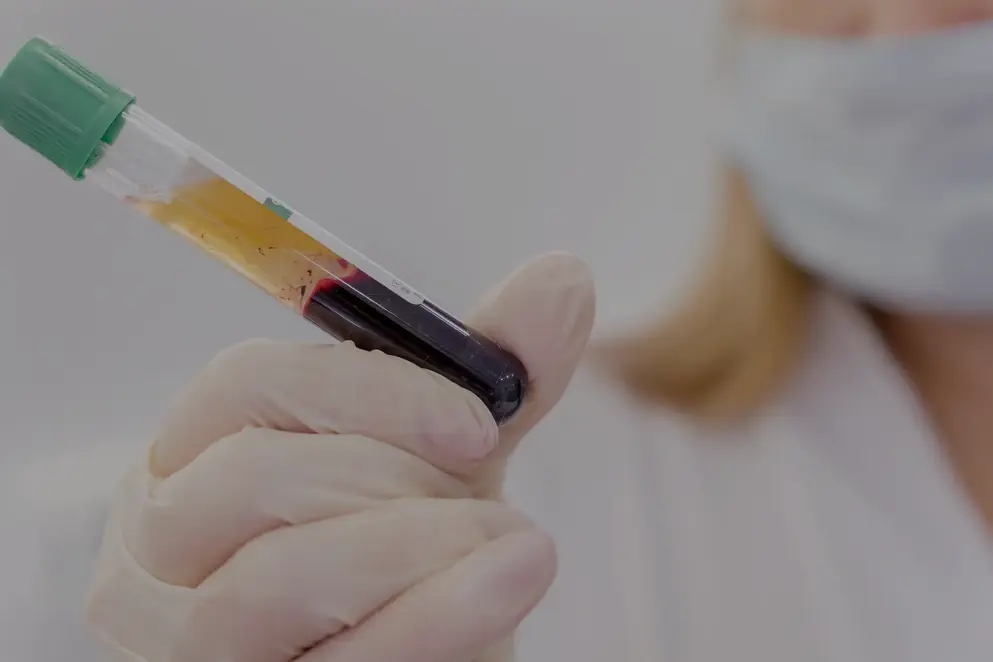Drug News
Rivaroxaban significantly reduced risk of major venous thromboembolism following non major orthopaedic surgery.
Xarelto ( rivaroxaban) reduced the risk of major venous thromboembolism (VTE) by about 75% in adult patients during a period of immobilization after nonmajor lower limb orthopaedic surgery, when compared to enoxaparin . Bleeding rates were low and not statistically different between both groups.
These data from the clinical phase III trial PRONOMOS were presented as part of a virtual Late-Breaking Clinical Trial Session of the American College of Cardiology’s 69th Annual Scientific Session together with World Congress of Cardiology (ACC.20/WCC Virtual) and published simultaneously in The New England Journal of Medicine.
“Nonmajor orthopaedic surgery of the lower limbs - like ligament repair of the knee or ankle fracture - can result in a temporary reduction in mobility, placing patients at risk of developing a VTE. Today, there are limited effective prophylactic treatment options available,” said Dr Nadia Rosencher, M.D., Department of Anaesthesia, Intensive Care and Perioperative Medicine at the Université de Paris and investigator of the PRONOMOS study. “This study provides evidence that rivaroxaban has the potential to become an effective preventive option, providing superior protection for these patients compared to the current standard of care.”
About PRONOMOS :The international multi-center, randomised double-blind PRONOMOS study included 3,604 adult patients who had undergone nonmajor orthopaedic surgery of the lower limbs and required thromboprophylaxis for at least two weeks. It compared rivaroxaban and enoxaparin in treating this patient population. In the study, 1,809 patients were assigned to receive rivaroxaban 10 mg once daily and 1,795 to receive a subcutaneous injection of 4,000 international units of enoxaparin for the intended treatment duration of 2 to 12 weeks based on medical judgement (accordng to immobilization).
The primary efficacy outcome of major venous thromboembolism was the composite of symptomatic distal or proximal deep vein thrombosis, pulmonary embolism, or venous thromboembolism-related death during the treatment period; or asymptomatic proximal deep vein thrombosis at the end of treatment. Enoxaparin was used as the comparator in the study as low-molecular-weight heparin is routinely used for thromboprophylaxis after nonmajor orthopaedic surgery in European hospitals. The study was sponsored by the Centre Hospitalier Universitaire de Saint-Étienne, France, and supported by a grant from Bayer.
Efficacy and safety outcomes : For the primary efficacy outcome, rivaroxaban was superior to enoxaparin for the prevention of major VTE. The primary outcome occurred in 4 of 1,661 patients (0.24%) in the rivaroxaban group and in 18 of 1,640 patients (1.10%) in the enoxaparin group (risk ratio 0.25 (95% Confidence Interval (CI) 0.09 - 0.75).
The main safety outcome was the frequency of bleeding events, which was not statistically significantly different between the rivaroxaban and the enoxaparin groups (1.08% and 1.04%, respectively, for major plus nonmajor clinically relevant bleeding (risk ratio 1.04 (95% CI 0.55 - 2.00)). The rates of major bleeding were 0.57% and 0.69%, respectively.
See-"Rivaroxaban or Enoxaparin in Nonmajor Orthopedic Surgery"_ C. Marc Samama, M.D., Silvy Laporte, Ph.D., Nadia Rosencher, M.D., et al., for the PRONOMOS Investigators.March 29, 2020
DOI: 10.1056/NEJMoa1913808.
Condition: Venous Thrombo Embolism
Type: drug

